
Why You Should Sprinkle Salt on Your Gas Stove — The Surprising Cleaning Hack That Works Wonders

It might sound odd at first, but sprinkling salt on your gas stove is actually a simple cleaning trick that delivers surprisingly powerful results. Many people struggle with cleaning their stovetops — even with frequent wiping, stubborn grease stains, food spills, and boiled-over liquids tend to build up over time. These residues can form a tough, sticky layer that’s difficult to remove and may even cause rust, corrosion, or dullness on your stove’s surface.
Fortunately, there’s a clever little hack that has gone viral on social media: just a spoonful of salt can make your gas stove shine like new. This method requires no harsh chemicals, costs almost nothing, and is incredibly easy to do — all while being safe for both you and your kitchen surfaces.
Step 1: Start with Baking Soda — the Secret Cleaning Powerhouse
Before using salt, begin with a layer of baking soda (also known as baking powder or sodium bicarbonate). This common kitchen ingredient, often used in baking, is also a powerful natural cleaner. Sprinkle it evenly over the entire surface of your stove, paying extra attention to greasy or burnt areas.
Next, pour a small amount of white vinegar over the baking soda. When these two ingredients come into contact, they create a fizzy reaction that helps lift away layers of grime, oil, and residue. The bubbling action naturally breaks down dirt without scratching or damaging your stove’s finish.
Step 2: Let the Mixture Work Its Magic
Cover the surface with a few sheets of damp paper towel or a soft cloth. Leave it for about 10 to 20 minutes, depending on how dirty the stove is. During this time, the vinegar and baking soda mixture will loosen even the most stubborn stains. When you remove the cloth, you’ll notice that much of the residue has softened, making it much easier to wipe away.
Step 3: The Magic Touch — Sprinkle Salt
This is the secret step that makes the trick so effective. After wiping away the initial residue, sprinkle a thin, even layer of fine salt over the stove. Salt acts as a natural abrasive, helping to scrub away rust spots, burnt marks, and sticky residue without scratching the surface.
But that’s not all — salt also has antibacterial and deodorizing properties, which help kill germs and eliminate lingering cooking odors. As you gently rub the surface, you’ll notice the salt granules start to turn yellow or brown — a clear sign that they’re absorbing grime and rust.
Step 4: Scrub Gently with the Right Tool
Avoid using steel wool or metal scrubbers, as they can easily scratch stainless steel or enamel surfaces, making future stains even harder to remove. Instead, grab an old toothbrush with soft bristles — it’s perfect for reaching tight corners and narrow spaces around the burners.
Brush in gentle circular motions to work the salt into any remaining stains. You’ll see the buildup lift off without much effort. Once you’re done scrubbing, wipe away all the salt and residue using a clean, damp cloth, repeating the process until the surface is spotless and completely dry.
The result? A gas stove that shines like new, free of odors, rust, and sticky stains — and all achieved with just a few common household ingredients.
Step 5: Bonus Fix — Solve the “Hard-to-Ignite” Problem
Another issue that often plagues older gas stoves is difficulty igniting or uneven flame output. In most cases, the cause is simple: grease, food particles, or dust clogging the ignition needle or the burner holes.
To fix it:
-
Use a cotton swab or soft tissue to gently clean the ignition needle. This ensures the spark sensor can detect gas properly.
-
For the burner ring, which contains many tiny holes, use a small wooden toothpick or a fine pin to unclog each opening carefully. Avoid metal tools that could deform or widen the holes.
Once cleaned, reassemble the parts and ignite the stove — you’ll likely notice a strong, steady blue flame, just like when the stove was brand new.
Step 6: Keep It Clean Longer
To maintain your stove’s shine, develop a quick cleaning habit. After each cooking session, sprinkle a small pinch of salt on any fresh spills. It helps absorb oil and prevents residue from hardening. Wipe it off once the stove cools — this simple practice can save you hours of deep cleaning later.
Final Thoughts
Sprinkling salt on your gas stove isn’t just an old wives’ tale — it’s a science-backed cleaning method that’s gentle, effective, and environmentally friendly. Combined with baking soda and vinegar, it forms a natural trio that can tackle even the toughest kitchen grime.
With just a few household items and a few minutes of effort, you can restore your stove’s shine, eliminate odors, and even improve its ignition performance — all without spending money on expensive cleaning products or risking exposure to harsh chemicals.
So next time your stove looks dull or greasy, reach for the salt shaker — your kitchen will thank you!
News in the same category


Washing and conditioning hair with beer helps reduce hair loss and stimulates continuous hair growth

Soak your whole body with warm ginger water before going to bed.

Add ice cubes to the bone broth
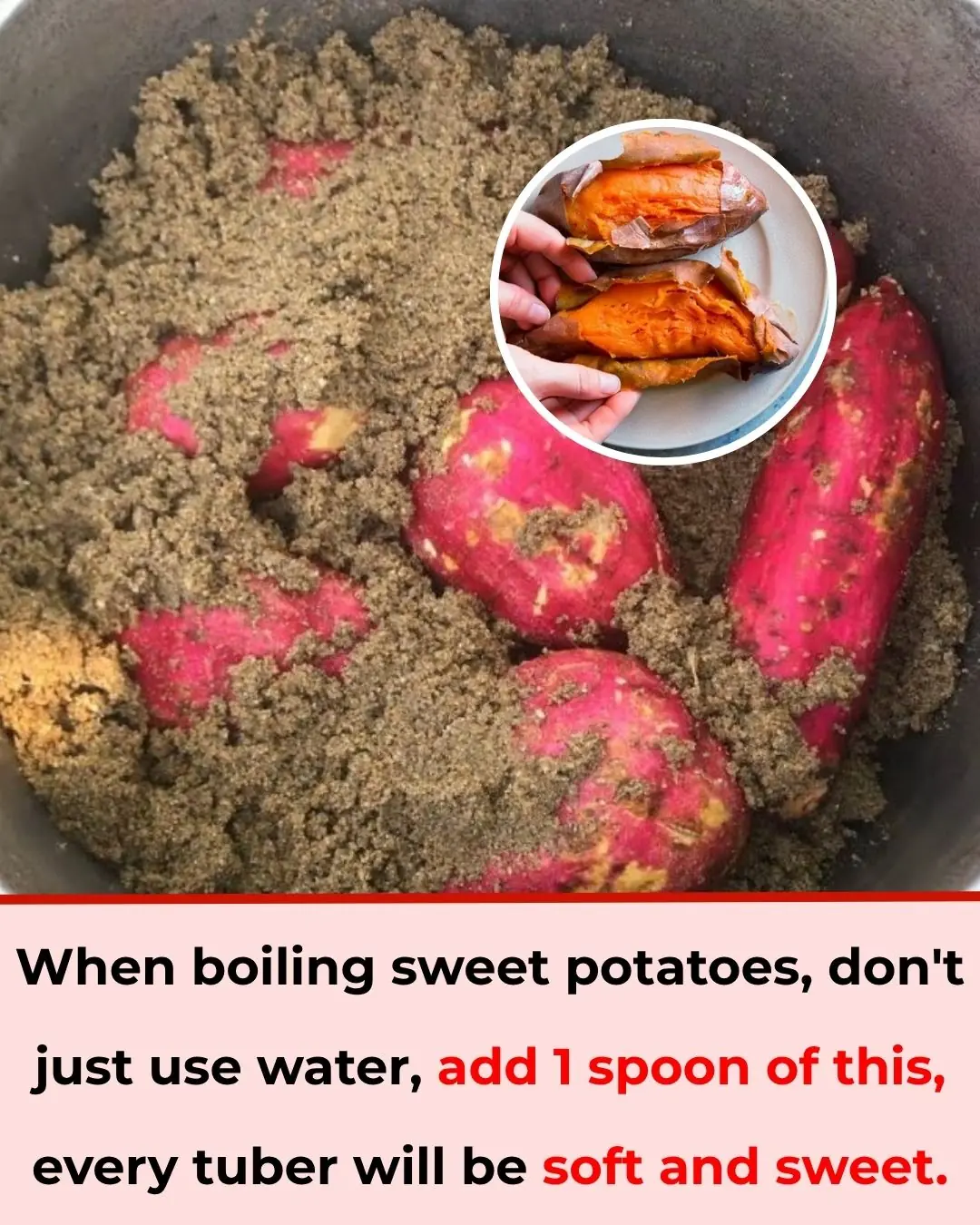
When boiling sweet potatoes, don't just use water, add 1 spoon of this, every tuber will be soft and sweet

Stir-fried beef is tough: Add these 3 steps, the meat will be softer, sweeter, and tastier than in restaurants
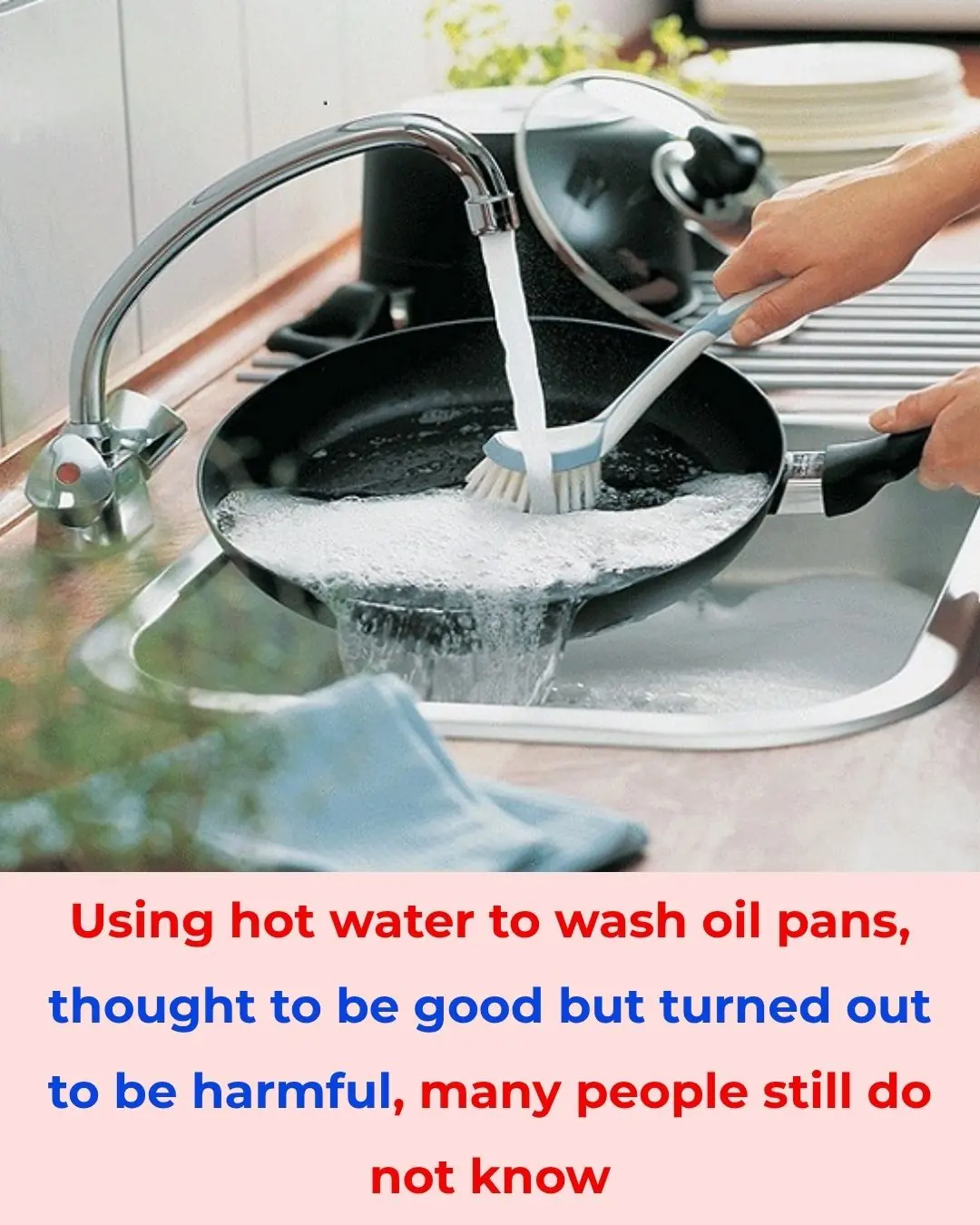
Using Hot Water to Clean a Greasy Pan Sounds Smart — But It’s Actually Doing More Harm Than Good

Why seniors should keep their socks on even at home

10 fridge habits you’re doing wrong

Stop throwing out old hoses. Here are 10 brilliant hacks to use them around the house

You’re doing it all wrong. Here’s the right way to clean air vents

My nana taught me this hack to get rid of lawn burn from dog pee in 5 mins with 0 work. Here’s how it works

You're doing it all wrong. Here’s the right way to store milk and dairy

You are doing it all wrong. Here's the right way to clean mirrors
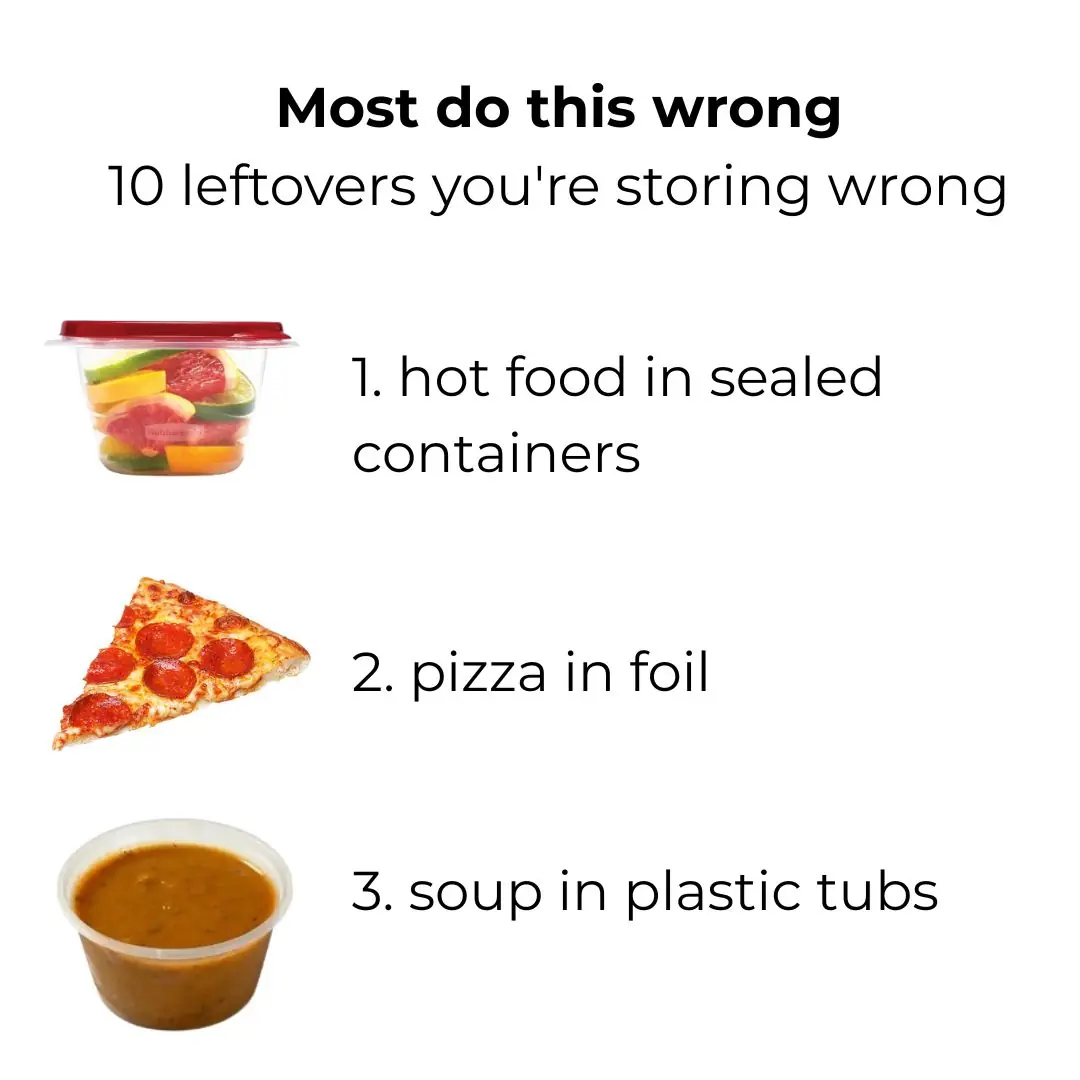
Most do this wrong. 10 leftovers you’re storing wrong
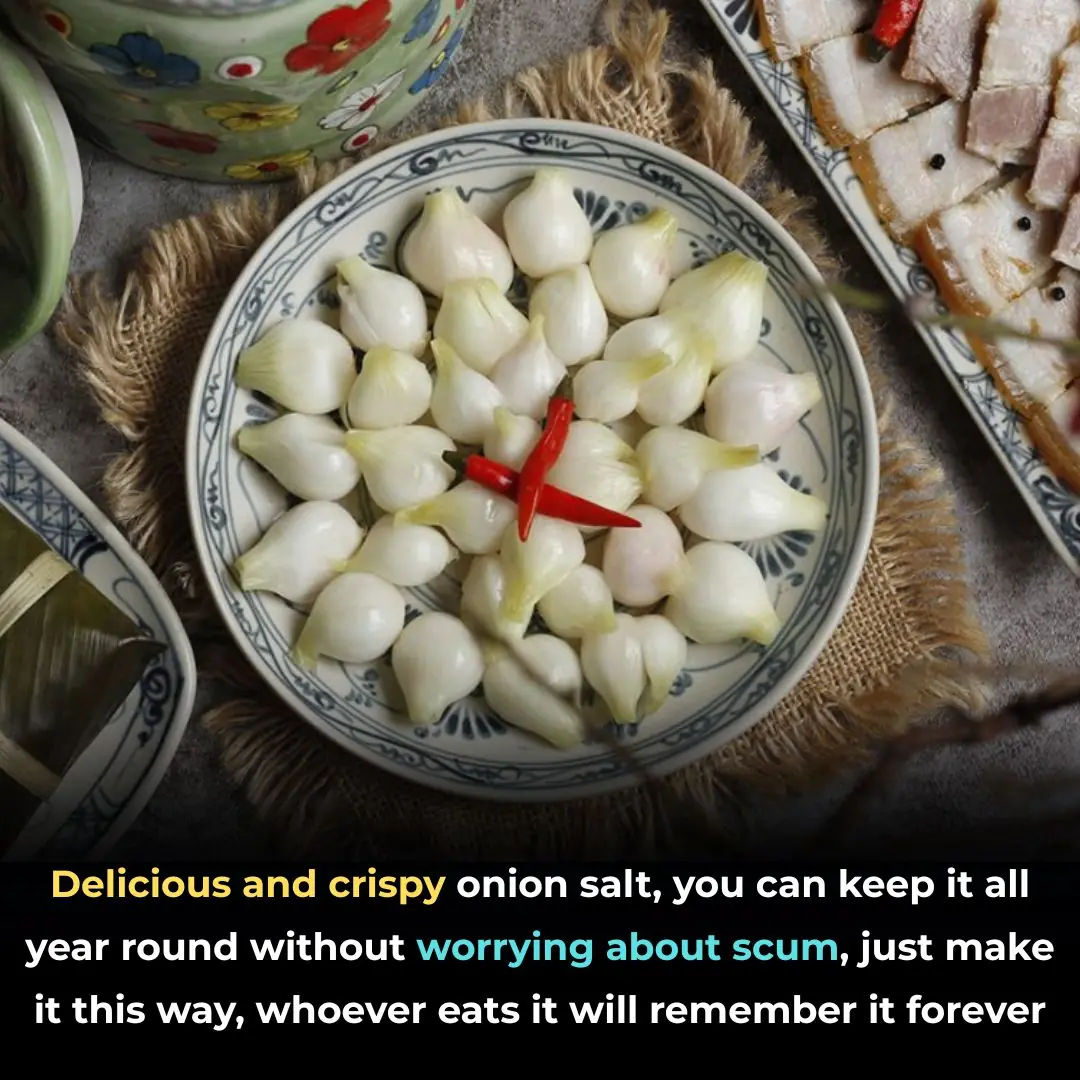
Delicious and crispy onion salt, you can keep it all year round without worrying about scum, just make it this way, whoever eats it will remember it forever

You are doing it all wrong. Here's the right way to store cleaning supplies

My nana taught me this hack to whiten yellow pillows in 5 mins with 0 work. Here’s how it works

If you see this plant, you are sitting on gold and don't even know it.
News Post

Add these tablets in your oil, no hair fall and fast hair growth
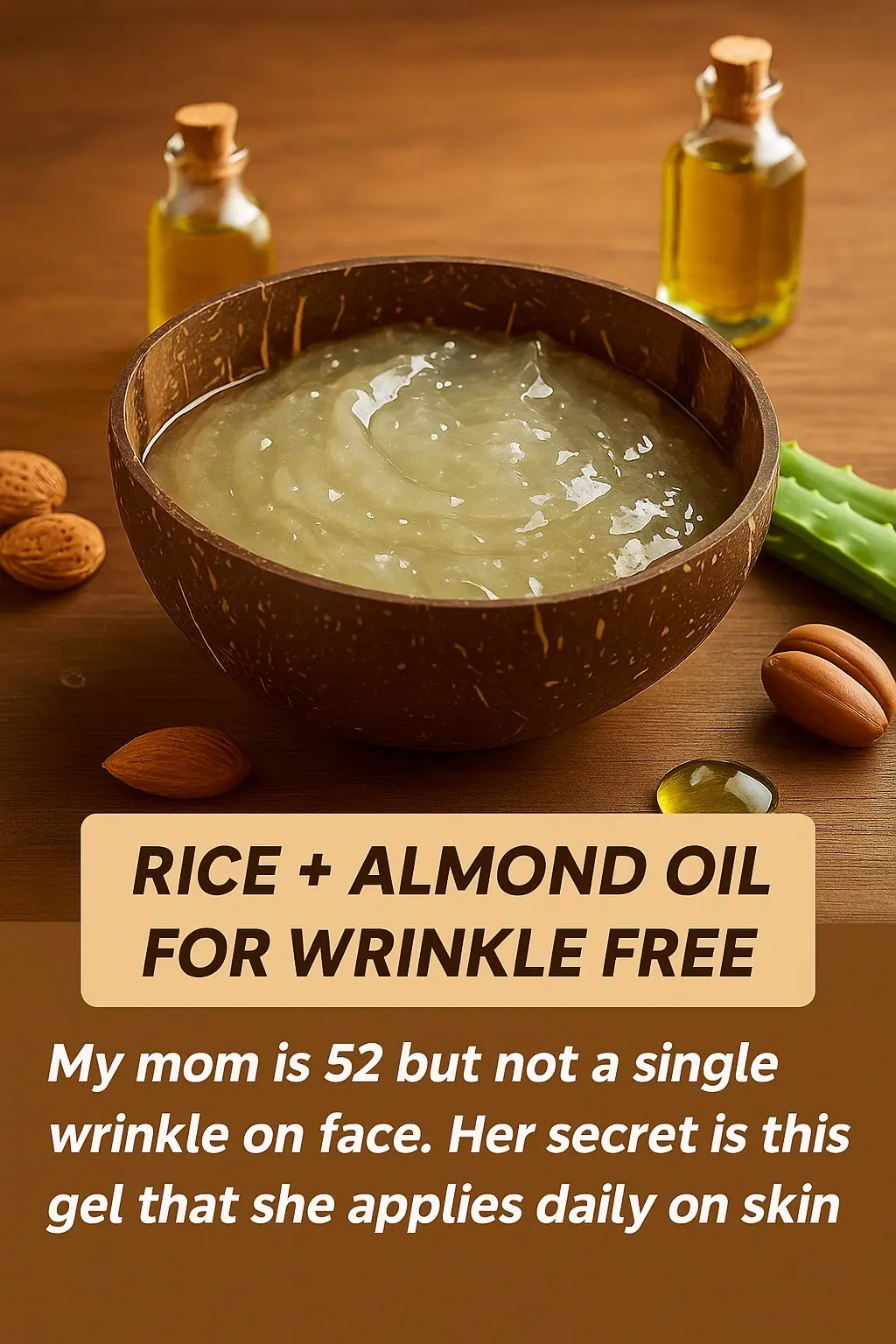
The Natural Anti-Aging Duo: How Rice and Almond Oil Can Help Smooth Wrinkles and Rejuvenate Your Skin

Popular Blood Pressure Drug Linked To Increased Risk of Skin And Lip Cancer

When making spring roll filling, remember 1 step carefully

Washing and conditioning hair with beer helps reduce hair loss and stimulates continuous hair growth

Soak your whole body with warm ginger water before going to bed.

Discover the Meaning of a Black Cat Approaching You

Add ice cubes to the bone broth

11 Benefits of Dandelion Roots

#1 Absolute Best Toenail Fungus Cure You Can Make at Home with Just 3 Ingredients

Banana Peel & Cornstarch: A Natural Skin Hack That Could Help You Look Younger
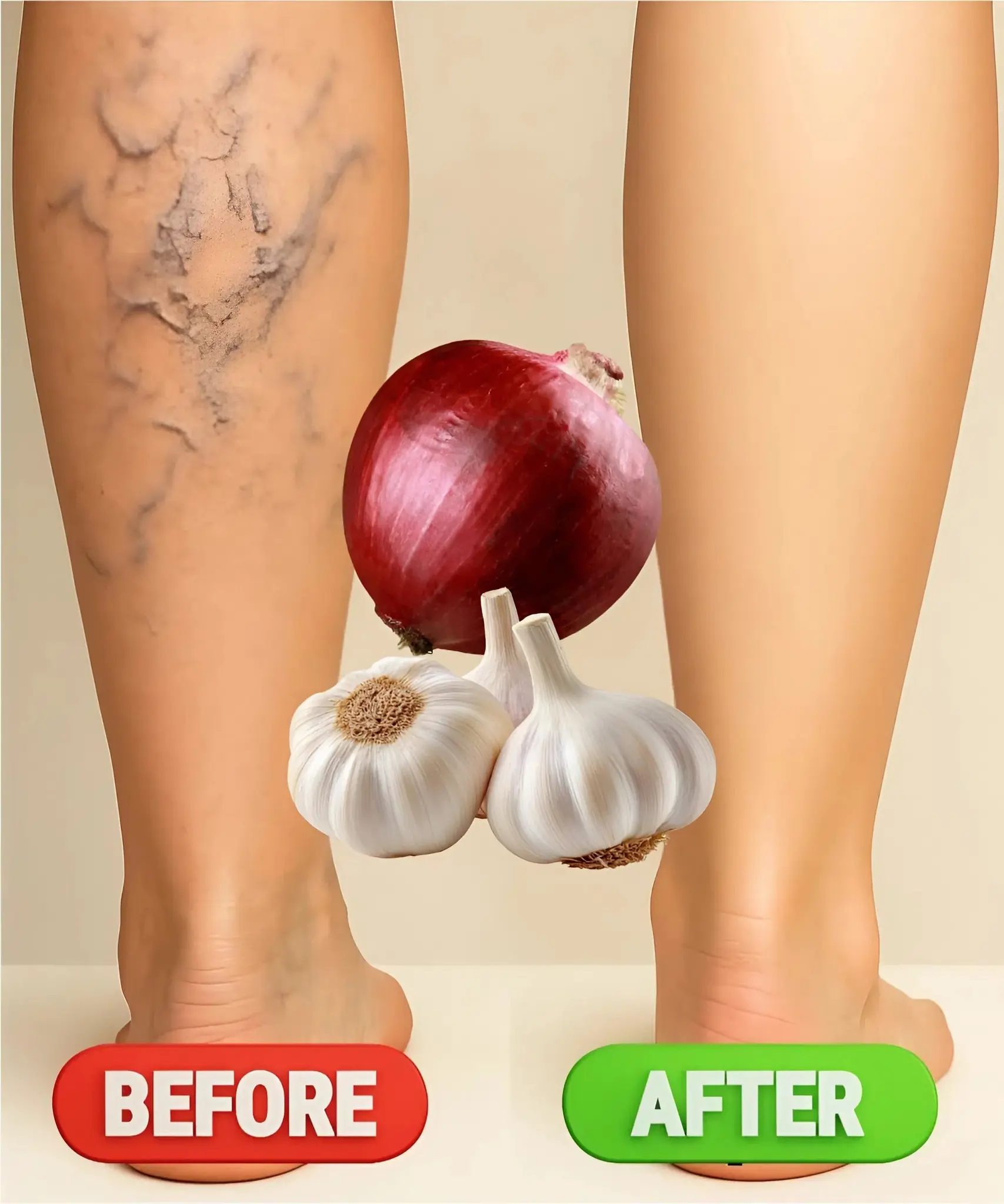
Homemade Remedies for Varicose Veins with Onion, Garlic, and Apple Cider Vinegar

Crema Casera con Vaselina que Rejuvenece la Piel al Instante
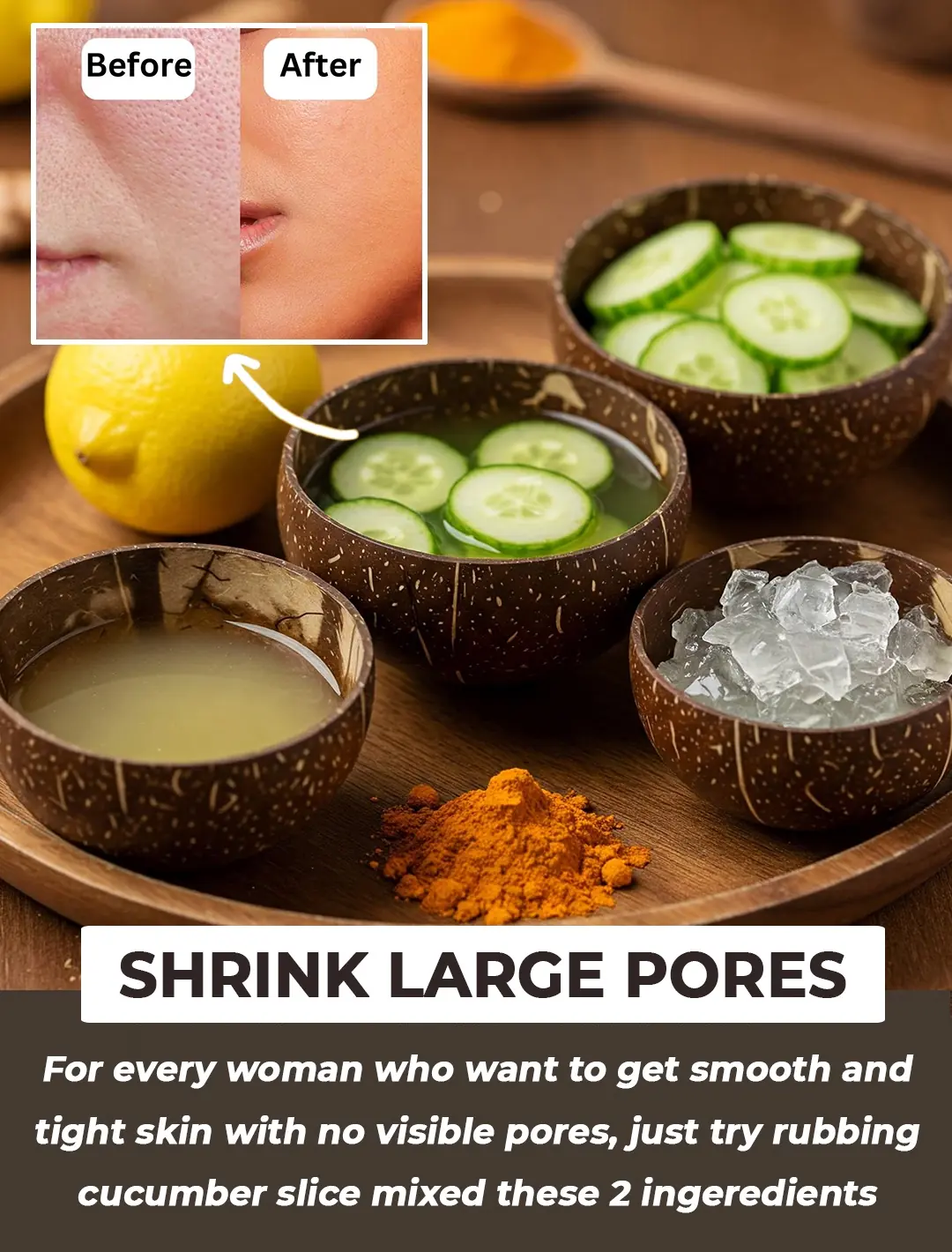
Top 5 Natural Remedies to Shrink Enlarged Pores and Achieve Smooth Skin

DIY Onion Sunflower Seed Oil: Get New Hair In Bald Patches

Homemade Carrot Oil for Glowing Skin: A Natural Solution for Dark Spots, Wrinkles & Anti-Aging

Glow Ice: Rice Water Cubes to Shrink Pores and Get Clear, Radiant Skin

The Body’s Intuition: Signs of an Impending End

When boiling sweet potatoes, don't just use water, add 1 spoon of this, every tuber will be soft and sweet
